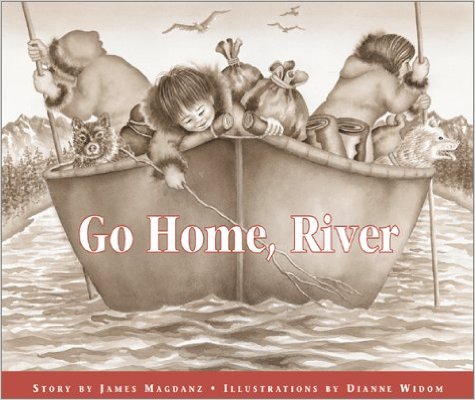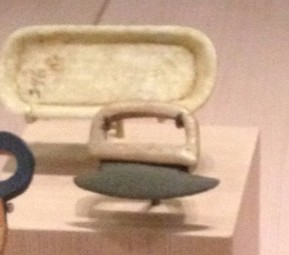1. How does understanding culture and power impact your teaching?
I think one of my main concerns as a teacher will be to make sure that my students are conscious of some of the dynamics of culture and power that we’ve been talking about over the past three weeks, and that they feel safe discussing them in class. I think one of the greatest opportunities of discussion-based classes is the ability to encourage students to ask critical questions about the messages they are receiving from the world around them. As a language arts teacher, I hope that my students will be able to make their own judgments about the dynamics of culture and power in the works we read for my class.
2. I chose three words from the word wall that I’m still working on or trying to figure out.
Place-Based Education: This is something that I believe very strongly in, and I’ve tried to give my students place-based projects in the past, but I’ve always found it a little bit difficult because I move around a lot and I’m rarely in a place that I know a lot about. My cousin Sally, who also teaches in Fairbanks, and who grew up there, is brilliant at coming up with place-based projects. In her first week as a TA, she took her class on a field trip to the reuse section of the dump, and that’s now a standard field trip for composition classes, because it turns out you can learn a lot about Fairbanks by careful observation of the dump’s reuse pavilion. My favorite lesson of Sally’s is on citations – students can plan a trip anywhere in Alaska, using an unlimited imaginary budget, but they need to research it thoroughly, write it up, and cite everything. I’ve stolen many of Sally’s assignments, but I’ve never quite been able to imitate her creative flair for place-based education. This class has given me a good sense of the variety of place-based projects that are possible, though, and I hope I’ll eventually be able to stop stealing assignments from Sally.
Safe Space: This is a tricky one for me, and the reason why it’s tricky came up during our class discussion about David Katzeek and trans issues. That discussion highlighted a complicated question: how do you balance different kinds of safety? How do you make sure a space is safe for every marginalized group, for instance trans students, while also making sure it is safe for open and thoughtful discussion? If an authority figure makes a remark, as David Katzeek did, that comes across as transphobic, how does the teacher deal with that so as to keep the space of the classroom as safe as possible for as many people as possible? This is something I’m still trying to figure out.
Eurocentrism: I chose this word because the reality is that my own tastes in literature are pretty Eurocentric. I was raised in a family that reads a lot of Victorian novels and turn-of-the-century children’s literature, and that’s still a big part of what I read for fun. Since I started teaching, I’ve made an effort to make my reading more multicultural, but I know I still have a long way to go.
3. My plan for the year – well, it’s hard to say, because my conversations with my host teacher have been quite brief so far, so I don’t know how thoroughly she has the year planned out. In the future, I will certainly aim for a lot of diversity in the authors and the readings I assign my students. I think it’s important to represent writers of many different cultures, and to make it clear that they are on the reading list because they are good writers that the students can learn from. I also hope to assign my students a lot of writing by Alaskan writers – Alaska Native writers, whenever possible. I’ll be at Mt. Edgecumbe, working with students from all over Alaska, so one challenge – assuming I get any say in the reading material – will be finding enough material from different parts of Alaska that all of my students feel represented. I will also, hopefully, be able to use oral histories from all over Alaska, which will allow my students to do some place-based investigation of an area they are from or have a connection to.


